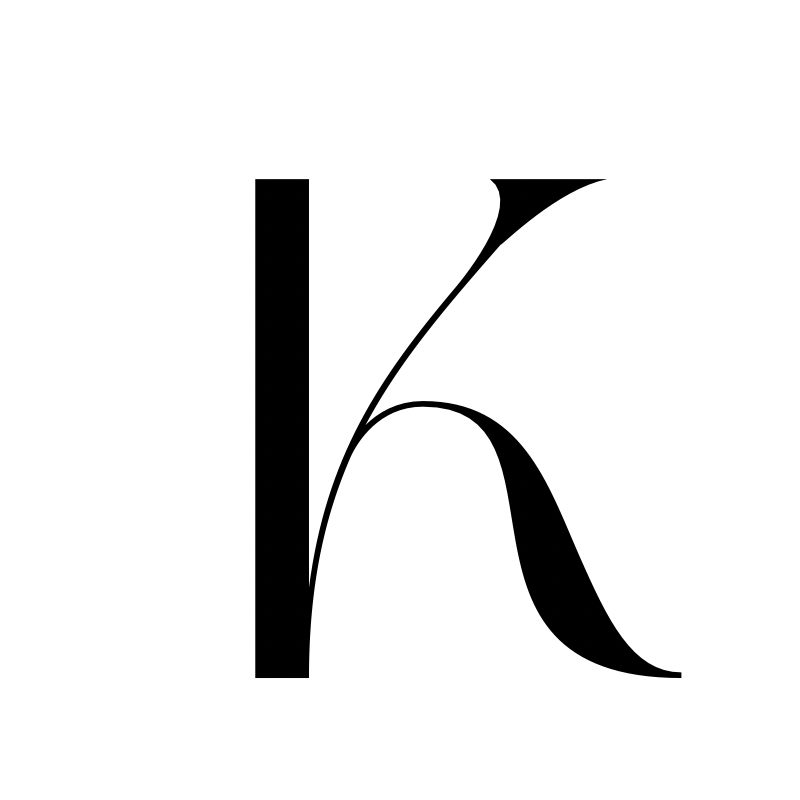


 +22
+22 Stella Jean Spring 2026 Ready-to-Wear Collection
Stella Jean Spring 2026 Ready-to-Wear Collection
Stella Jean Spring 2026 Ready-to-Wear Collection
Stella Jean Spring 2026 Ready-to-Wear Collection
Stella Jean Spring 2026 Ready-to-Wear Collection
Stella Jean Spring 2026 Ready-to-Wear Collection
Stella Jean Spring 2026 Ready-to-Wear Collection
Stella Jean Spring 2026 Ready-to-Wear Collection
Stella Jean Spring 2026 Ready-to-Wear Collection
Stella Jean Spring 2026 Ready-to-Wear Collection
Stella Jean Spring 2026 Ready-to-Wear Collection
Stella Jean Spring 2026 Ready-to-Wear Collection
Stella Jean Spring 2026 Ready-to-Wear Collection
Stella Jean Spring 2026 Ready-to-Wear Collection
Stella Jean Spring 2026 Ready-to-Wear Collection
Stella Jean Spring 2026 Ready-to-Wear Collection
Stella Jean Spring 2026 Ready-to-Wear Collection
Stella Jean Spring 2026 Ready-to-Wear Collection
Stella Jean Spring 2026 Ready-to-Wear Collection
Stella Jean Spring 2026 Ready-to-Wear Collection
Stella Jean Spring 2026 Ready-to-Wear Collection
Stella Jean Spring 2026 Ready-to-Wear Collection
Stella Jean Spring 2026 Ready-to-Wear Collection
Stella Jean Spring 2026 Ready-to-Wear Collection
Stella Jean Spring 2026 Ready-to-Wear Collection
Stella Jean returned to the Milan runway after three years with a collection that reaffirmed her role as one of fashion’s most vocal advocates for cultural exchange and artisan visibility. Her Spring 2026 show, Where Women Move Mountains, was produced in collaboration with women artisans from Italy and Bhutan, extending her #ForWomenForNations initiative. For the Bhutanese participants, it was not only the first time their traditional craft was showcased on the Italian fashion stage, but also the first time many of them had left their home country.
The opening look immediately set the tone for the dialogue between traditions: a corset wrap referencing Bhutanese kira textiles layered over a softly tailored beige suit, merging Himalayan craft with the codes of Italian sartorialism. This interplay between heritage and modernity continued throughout the show, culminating in an emotional finale where Jean acknowledged Giorgio Armani—who helped launch her career—by holding up a T-shirt in tribute following his recent passing.
The palette evoked landscapes shared by Italy and Bhutan alike, with sandy neutrals, moss greens, earthy reds, and navy punctuated by vivid crimson produced with lac dye. Materials carried layered meaning: one standout fabric was Himalayan nettle, harvested and spun by hand, then shipped to Italy where it was embroidered in the Marche region under a zero-waste process. Some pieces required nearly a year of work, embedding time, labor, and ancestral knowledge into the garments themselves.
Shapes moved fluidly between structured tailoring and ceremonial drape. Bhutanese weaving techniques were integrated into linings and panels, not merely as embellishment but as essential parts of the construction. Raffia, regenerated cotton, and accessories gathered directly from Bhutan further emphasized the connection between design and community. Each purchase from the collection will directly sustain the work of Bhutanese women artisans, turning cultural preservation into a form of economic empowerment.
Jean also used her platform to call for structural change within the industry, advocating for lower VAT on artisanal fashion and for certification models that recognize the complexity of micro supply chains. Her message was pointed: this is not charity work, but a recognition of value—fashion that sustains itself through care, skill, and cultural continuity.


































































